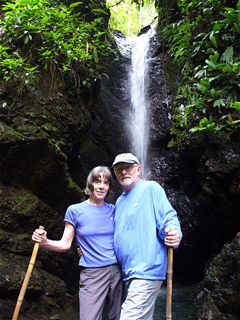Costa Rica has always been known as an excellent destination for the outdoor adventurer or bird watcher. Another attraction to this peaceful, central American country is the fact that Costa Rica is a fruit-lover’s paradise. Having a warm tropical climate year round makes Costa Rica a perfect place for growing a wide variety of fruits. Fresh pineapples, tree-ripe bananas, and delicious coconuts are just a few of the delicacies to be enjoyed there. Add buttery papayas and juicy mangoes to the list and you’ve got a true Costa Rican fruit cocktail. Many of these fruits you can readily find in supermarkets across the U. S. (and there is a good chance that many of them come from Costa Rica) but some of the more exotic fruits require a passport to taste.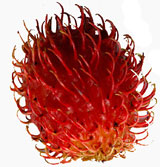
Included among these exotic fruits are Mamones, Tamarindo, and Pejibayes. Curious names for equally curious tastes, these gems highlight the diversity of fruit-filled Costa Rica.
Mamones Chinos (mem-MO-nays), or Chinese Suckers, are pit fruits whose skins are covered with soft red spines. You may have heard them called by the name lychee. Lychees or Mamones Chinos are slightly sweet, not very acidic, and have a chewy texture similar to that of a peeled grape. Their subtle flavor is addictive. The spiny skins are fun to peel into and resemble the seed pod of a Gum tree. Sold in big bags by street vendors, Mamones have unique taste that is not soon forgotten.
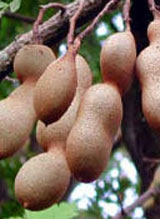
Another Costa Rican delicacy comes from the seed pod of the Tamarind tree. Tamarindo looks like a pea pod that you might find in a salad or a stir fry, except they are fuzzy on the outside like a Kiwi or a the skin of a fuzzy peach. Inside the pod, the seeds are sticky and pasty and too bitter to eat. However, if you soak the seeds in hot water you can extract the flavor. Even then, the mixture may have too strong a flavor, but if a simple syrup is added to sweeten the mixture and then the beverage is poured over ice, the fresh tamarindo drink becomes a refreshing treat similar in flavor and texture to apple juice.
The Pejibaye is probably one of the strangest fruits to be tasted in Costa Rica. Pronounced pay hee bah jay, this palm fruit tastes like a cross between potato and coconut. The Pejibaye is similar in size to a pecan and contains a hard pit that needs to be removed before eating. Like the tamarindo, the pejibaye is prepared by boiling the fruit in water. Locals often serve the fruit with a dollop of mayonnaise and a cup of hot coffee. This exotic flavor is hearty.
Join us on a vacation in Costa Rica: adventure, fun, good food, and last but not least, fruit as fine as any in the world.


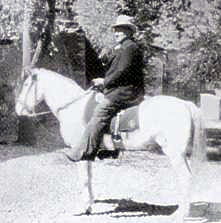
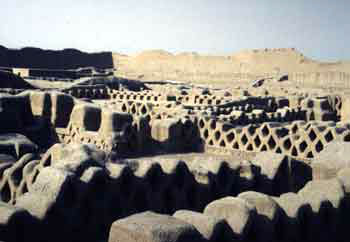
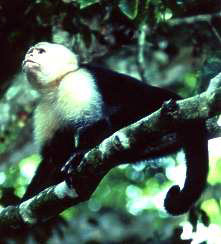
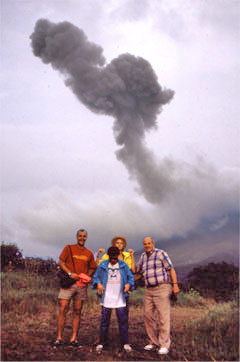

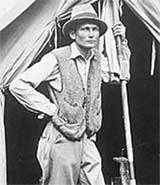
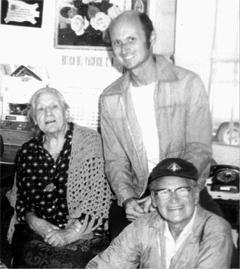
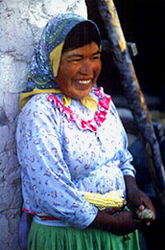 Who were these strangely-dressed people, who came from obscurity to outpace hundreds of experienced runners?
Who were these strangely-dressed people, who came from obscurity to outpace hundreds of experienced runners?